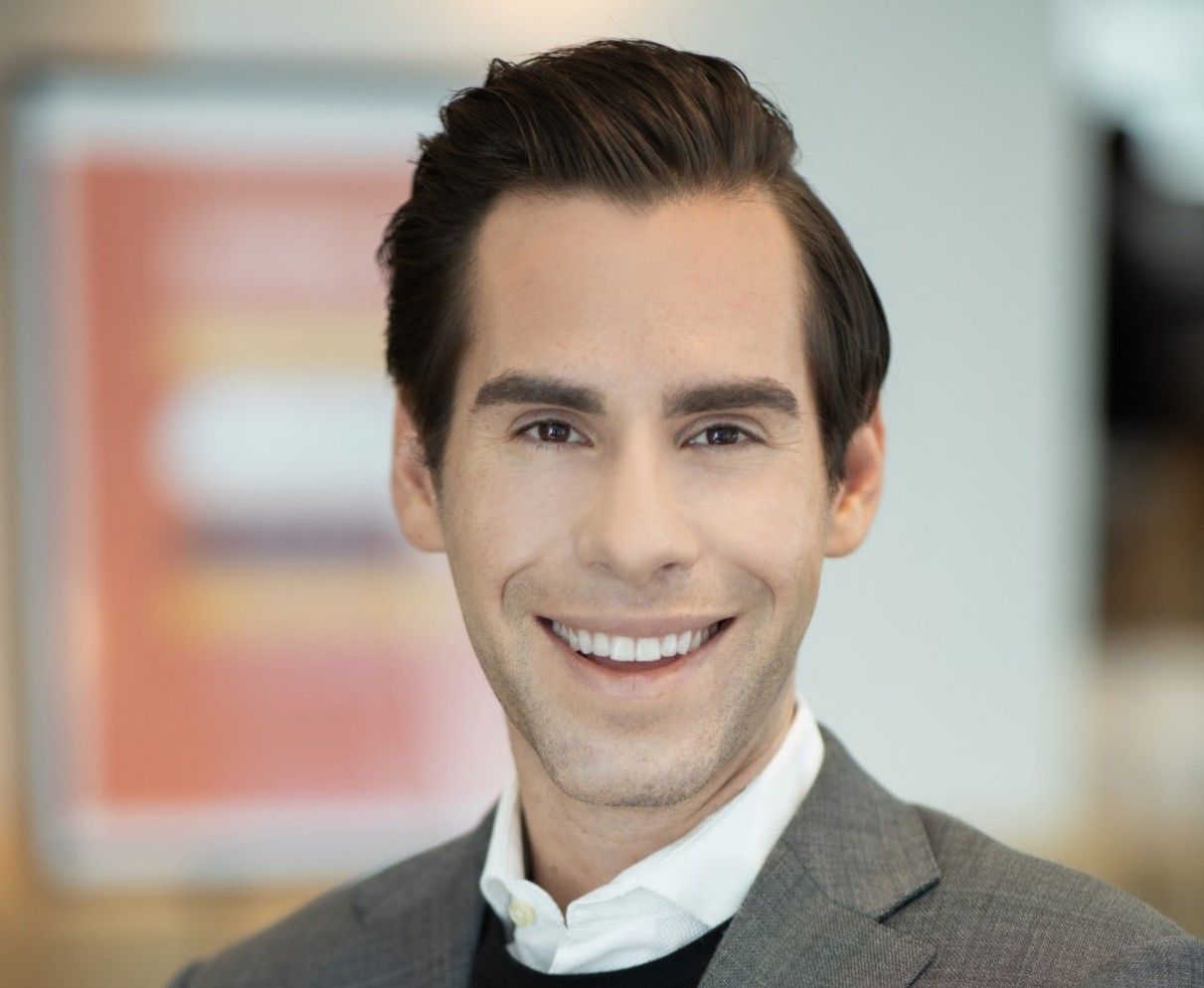Episode Summary
In 2019, Adam Cohen-Aslatei left a managing director position at a dating app start-up with no intention of returning to the world of swipes and selfies.
While on vacation, he had a chance encounter with a woman who pointed out how many dating apps force users to present inauthentic versions of themselves in pictures and interactions.
“Ultimately, if you’re leading with the sexiest 5% of who you are, how can you expect the end result to be a relationship?” Adam says.
That night in his hotel room, Adam mapped out a new kind of dating platform — one that would drive conversation over snap judgment and would give users more flexibility to express themselves in their profiles.
Thus, S’More was born as the “anti-superficial” relationship app for those seeking “something more.”
In less than two years, Adam and his team have launched the S’More app and welcomed more than 200,000 users across a handful of U.S. cities. They’ve also started a celebrity dating interview series on the brand’s Instagram page, an innovative way to build brand awareness and reach singles during the isolation of the COVID pandemic.
S’More has also raised $3.2 million in investment funding from the likes of Benson Oak Ventures, Gaingels, and Mark Pincus, the founder of game developer Zynga.
On this episode of the How I Raised It podcast, Adam shares how he carved out his own fundraising path for S’More, and what’s next for this up-and-coming brand.
How He Raised It
💰 Who: Adam Cohen-Aslatei
💰 Company: S'More
💰 Where to find him: LinkedIn | Instagram | Twitter
💰 Money quote: "You need to believe in yourself. Because if you don't believe in yourself — literally all the time, every single day — you can't expect other people to believe in you and cut checks into your company."
💰 Noteworthy: Adam raised the first $1 million in just three months, despite having no personal experience approaching investors.
Capital Gains
[2:32] Getting clear on relationships 👉 S’More’s “anti-superficial” model incentivizes users to interact by gradually unblurring profile photos and unlocking visual content, putting the emphasis on conversations rather than headshots.
[5:27] Beyond the sexiest 5% 👉 S’More was born from a chance encounter with a woman who told Adam that dating apps had ruined her life.
[9:29] Creative brand building 👉 To differentiate S’More from other dating apps and provide a valuable service for singles navigating dating in a pandemic, the team started a celebrity dating interview show on Instagram.
[14:15] Raising money 👉 Adam went into fundraising for S’More with zero experience and was able to raise $3.2 million in the first two rounds, attracting an impressive list of investors that includes Gaingels and Mark Pincus, founder of mobile game company Zynga.
[16:04] Putting a face on S’More’s founder 👉 Adam raised over $1 million pre-product by drawing on his unique characteristics as a founder to target niche investors.
[19:08] The power of the press 👉 Adam used published articles — including this take on the future of Grindr — to support his credentials and share his perspective on the dating app industry.
[22:41] Strength in numbers 👉 Speaking to angel networks was one tactic that led to success in S’More’s latest round of funding when the company signed on nearly 25% of the investors they pitched.
[26:06] Approaching big-name investors 👉 Adam didn’t let Mark Pincus’s fame get in the way of a great pitch. Instead, he focused on what the investor’s perspective could bring to the company — in this case, a critical eye on the product side.
[27:36] Wealth of knowledge 👉 Investors can be a valuable source of wisdom and experience.
[30:03] Maintaining momentum 👉 S’More has multiple lucrative revenue streams, but investors will continue to play a crucial role in the brand’s success.
[32:35] Don’t stop believing 👉 This process will give you plenty of opportunities to give up — don’t.
Top quotes from the episode:
“When you are raising money for something that's pre-product, investors are investing in you as the founder and you as the team. That's number one — because the product will inevitably change. So in doing so, as a founder and as a founding team, you need to figure out what is unique about you and the team. That’s the starting point.”
“It's not like I had these great relationships with investors — I didn't. You don't need those relationships to raise money. You need an idea, a product that's cool and innovative, that has traction, that has potential. You need to have yourself as a founder with the right credentials, build the right team, and then you can also raise money. You don't need to have an inherent investor network to be successful at raising.”
“Going after these larger angel networks can be very helpful to bring in super angel investors in our experience. Also, once you have an investor, use that investor to get you other people — use the name brand, if you have a name brand, to leverage for further investment.”
“Even though we've raised a lot of money, it takes a lot of money to build these from the ground. And a part of that is because nobody knows the brand. No one's going to install your app unless they know what you do, and why what you do is different and better than something else. ... If we pump more money into marketing, performance, and brand, we’ll grow much faster, but we also want to make sure that the product is in the right position to be able to do that. I think we will end up raising another round of funding at the end of this year or early next year, and then we'll go supercharged growth at that point.”


